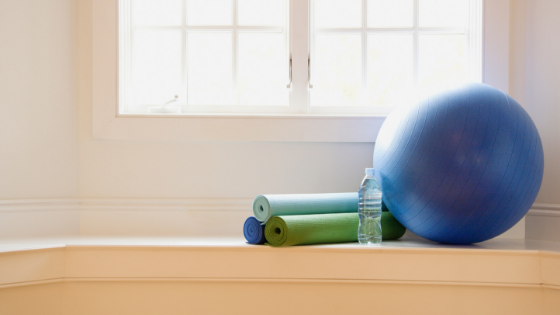
You’ve seen Fitspiration graphics. On the surface, they inspire you to challenge yourself. To make exercise a regular part of your life. To be fit. To be healthy.
Sounds good.
But these toned up messages have a downside. Beneath the motivating surface, Fitspiration is as much about a largely unattainable physical ideal as its smaller, sicker cousin, Thinspiration.
Before you all write me with indignant rants, I am not trying to encourage people to lead a sedentary lifestyle while they slurp a 120-ounce slushie. Because seriously, a 120-ounce slushie would give you one helluva a brain freeze.
I am all for cheerleading you to challenge yourself with workouts – as long as you are doing physical activities you enjoy. And if you are doing activities you don’t enjoy (I hate you, running), I hope the goal is deeper, richer, and more meaningful than toning your thighs.
Here are three negative messages lurking beneath Fitspiration’s six-pack underbelly.
1. Fitspiration promotes shame.
Sayings like “No excuses” are the glittery equivalent of your elementary school gym teacher making you cry when you couldn’t climb the rope all the way to the ceiling of the gym. This time, the splinters in your hands are metaphorical. And don’t even get me started on those ubiquitous before/after pix.
It’s wonderful to build a habit of physical movement that will carry you through those days when you’d rather curl up on the couch. But phrasing it as, basically, “you suck” when life happens, has a curious outcome. Time and time again, my clients have shared how that negative phrasing makes them feel less motivated to get moving. That all-or-nothing mentality can actually get in the way of engaging in health-promoting behaviors.
[Tweet “You cannot shame someone into making positive changes, especially for the long term.”] Shame doesn’t help people stop smoking. It doesn’t help your child with tantrums. It doesn’t help you communicate better with your partner. And it sure doesn’t help you exercise more or even eat more vegetables.
2. Fitspiration is Superficial.
Have you ever seen a Fitspiration photo that shows someone’s increased lung capacity? How about demonstrating increased strength, stamina, and balance by featuring a mom carrying two screaming preschoolers down the grocery store aisle without a single box of crackers getting knocked off the shelf?
That’s proof of a good workout plan.
For that matter, have you ever seen a Fitspiration photo where someone is wearing a baggy T-shirt and sweatpants? Apparently, fitness only materializes when you wear spandex.
Also?
Even people who work out regularly and challenge themselves may very well not look like the models in the photos. And that often breeds shame. (See above for how helpful shame is.)
By the way, why would you want to look like Fitspiration models? Most of them have no heads.
3. Fitspiration encourages negative thoughts and behaviors.
Today, I saw the Fitspiration mantra, “Don’t stop when it hurts, stop when you’re done.” As a former massage therapist, that made me think, “job security.” This no pain no gain mentality is likely to result in injury or burnout. Challenging yourself is great, but please, please listen to your body.
Also listen to your mind and soul. If working out feels like drudgery, or something that has to be endured, you probably need different activities that you will enjoy. On the flip side, if you feel guilty or beat yourself up for missing a workout, take a look at your mindset. You may be engaging in all-or-nothing/perfectionistic thinking, which ends up making you feel bad about yourself. (See above for how helpful shame is.)

Female torso image courtesy of Serge Bertasius Photography at FreeDigitalPhotos.net






